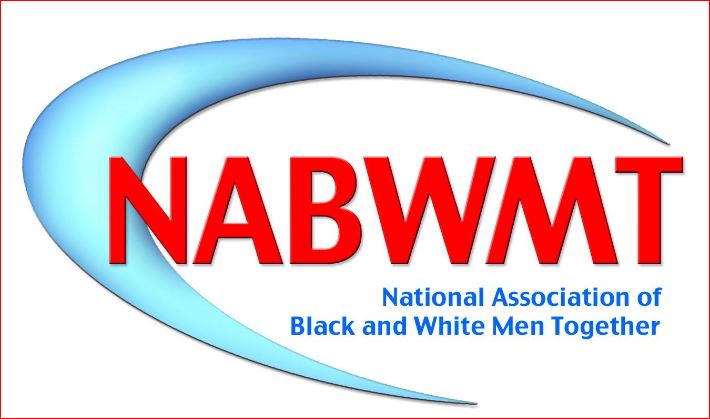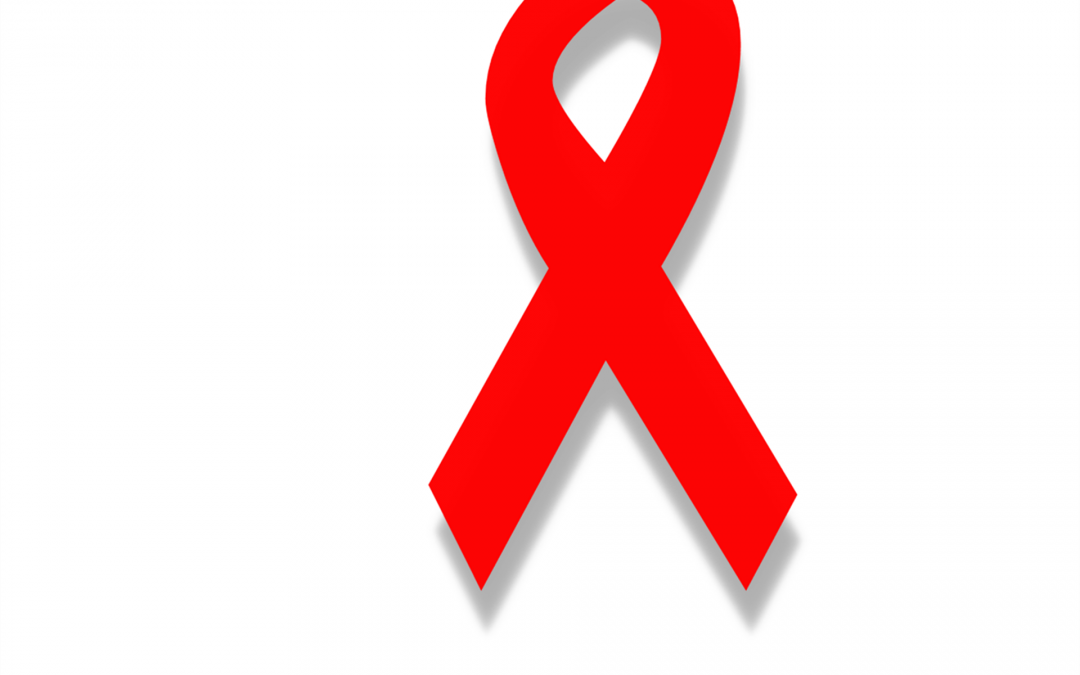
/
RSS Feed
Here in the US we have been fighting the Covid virus for a year with some progress over the last months. However our community was decimated by another scourge the HIV epidemic. Although we have perfected the so called “cocktail” medicines that force the HIV to sequester in the body rendering a death sentence to be a chronic condition. There is no cure for HIV/AIDS. However resent research shows promise,
An In-depth analysis of the HIV pandemic at its epicenter in the Democratic Republic of Congo has been hampered by 40 years of political unrest and lack of functional public health infrastructure. But in recent surveillance studies (2017-18), at Université Protestante au Congo found that the prevalence of HIV in Kinshasa, Democratic Republic of Congo (11%) far exceeded previous estimates.
10,457 participants were screened in Kinshasa with rapid tests from 2017-2019. Individuals confirmed as reactive by the Abbott ARCHITECT HIV Ag/Ab Combo assay (n=1968) were measured by the Abbott RealTime HIV-1 viral load assay. Follow up characterization of samples was performed with alternate manufacturer viral load assays, qPCR for additional blood borne viruses, unbiased next generation sequencing, and HIV Western blotting.
Their data suggested the existence of a 429 of HIV antibody positive/viral load negative individuals. They systematically eliminated collection site bias, sample integrity, and viral genetic diversity as alternative explanations for undetectable viral loads.
Other methods unexpectedly detected the presence of 3TC antiviral medication in approximately 60% of those tested (209/354), and negative Western blot results indicated false positive serology in 12% (49/404). From the remaining Western blot positives (n=53) and indeterminates (n=31) with reactive Combo and rapid test results, they estimated that 2.7-4.3% of infections in the Democratic Republic of Congo to be potential so called elite controllers. We also analyzed samples from the DRC collected in 1987 and 2001-03, when antiretroviral drugs were not available, and found similarly elevated trends.
The Interpretation was that viral suppression to undetectable viral loads without therapy occurs in some small number of HIV-1 infected patients around the world. Given the numbers of potential EC they find in DRC and considering the origins of the HIV epidemic, the role of these patients in sustaining the epidemic is a vital unanswered question. Mining of global data suggests a unique ability to control HIV infection arose early in central Africa and occurs in <1% of founder populations. Identification of this group of elite controllers presents a unique opportunity to study potentially novel genetic mechanisms of viral suppression.
********
Source: EbioMedicine
The authors acknowledged the following individuals for their role in sample collection: Gaëtan Bondo, Jonathan Fumunguya, Jeansy Mavinga, Médard Omakoy, Yves Tshangala and François Tshibaka at Université Protestante au Congo. We thank Matthew Frankel for guidance with the Multiplex qPCR assay and Ana Vallari for technical assistance with Western Blots. Abbott Laboratories funded surveillance in DRC and subsequent research efforts. Additional funding was received from a MIZZOU Award from the University of Missouri. Research was supported in part by the Division of Intramural Research, National Institute of Allergy and Infectious Diseases, NIH.

